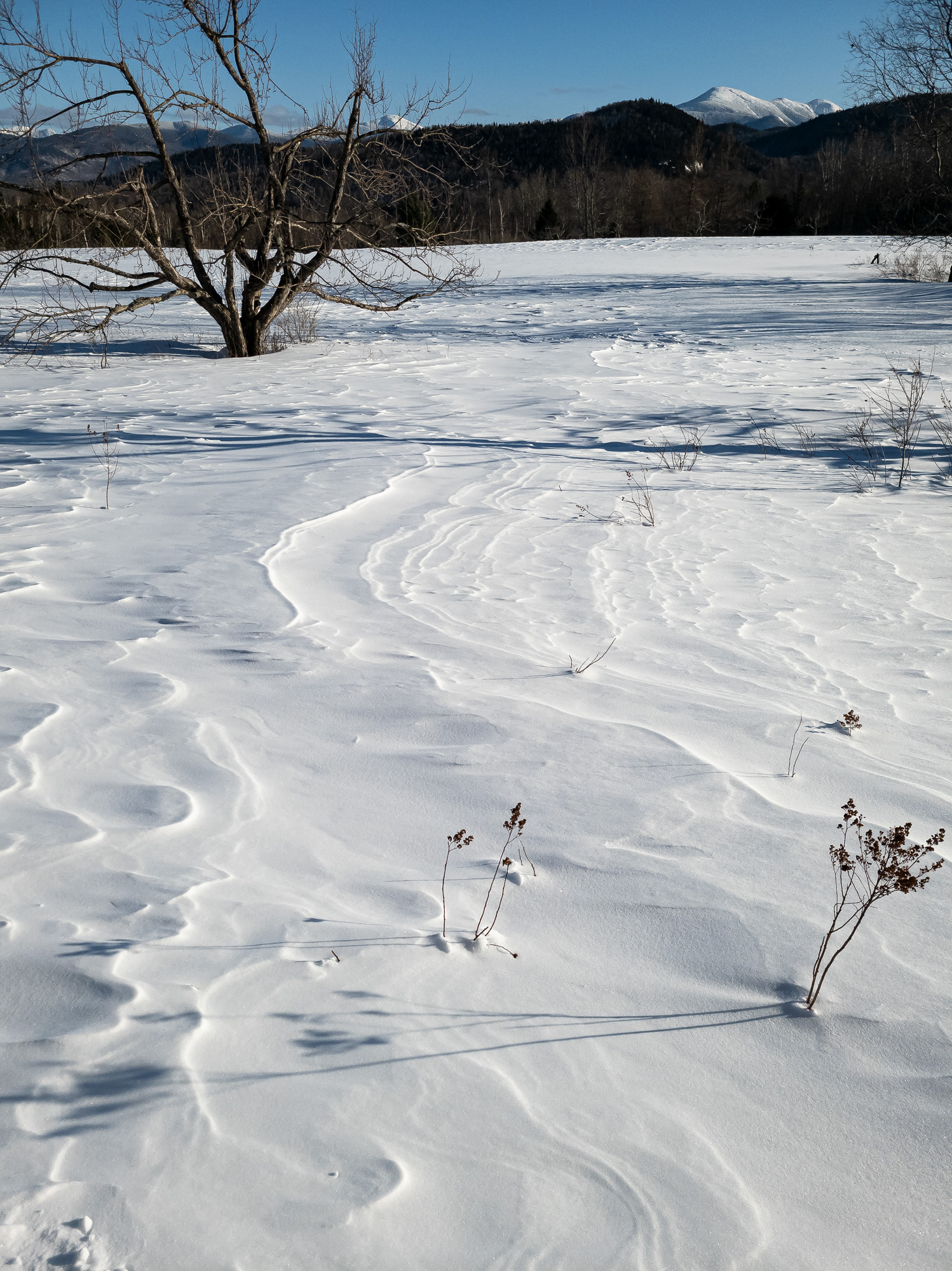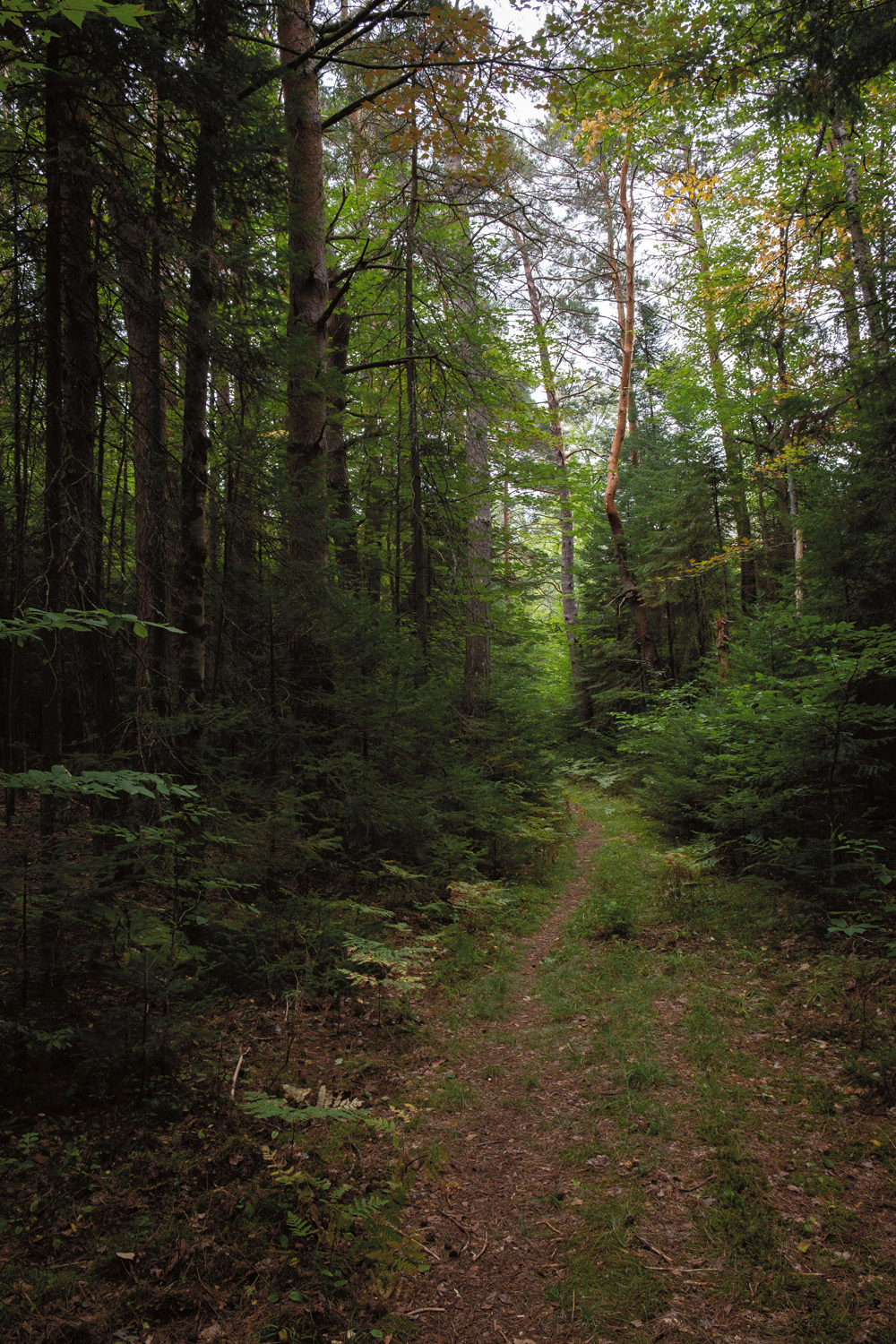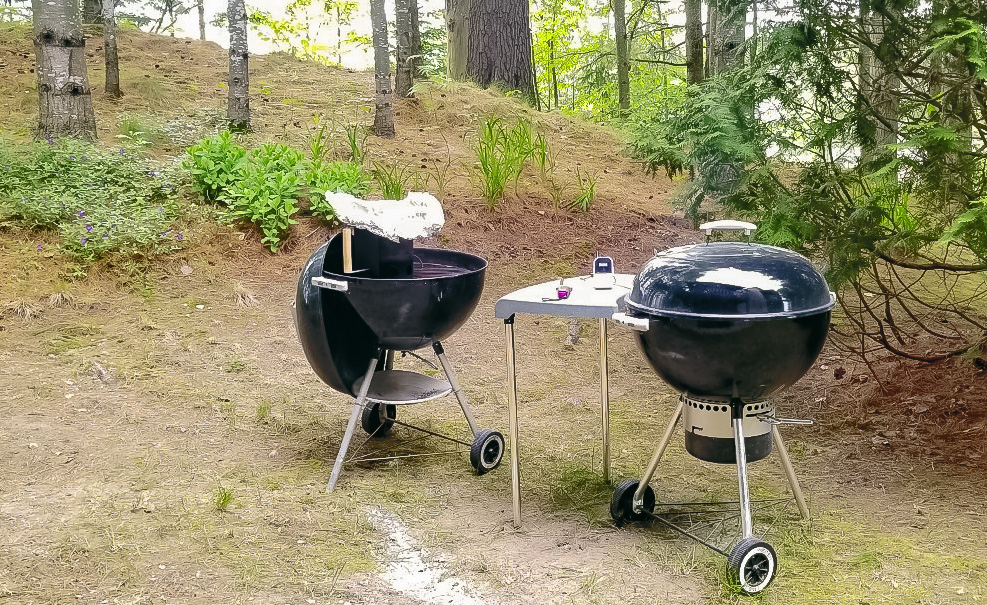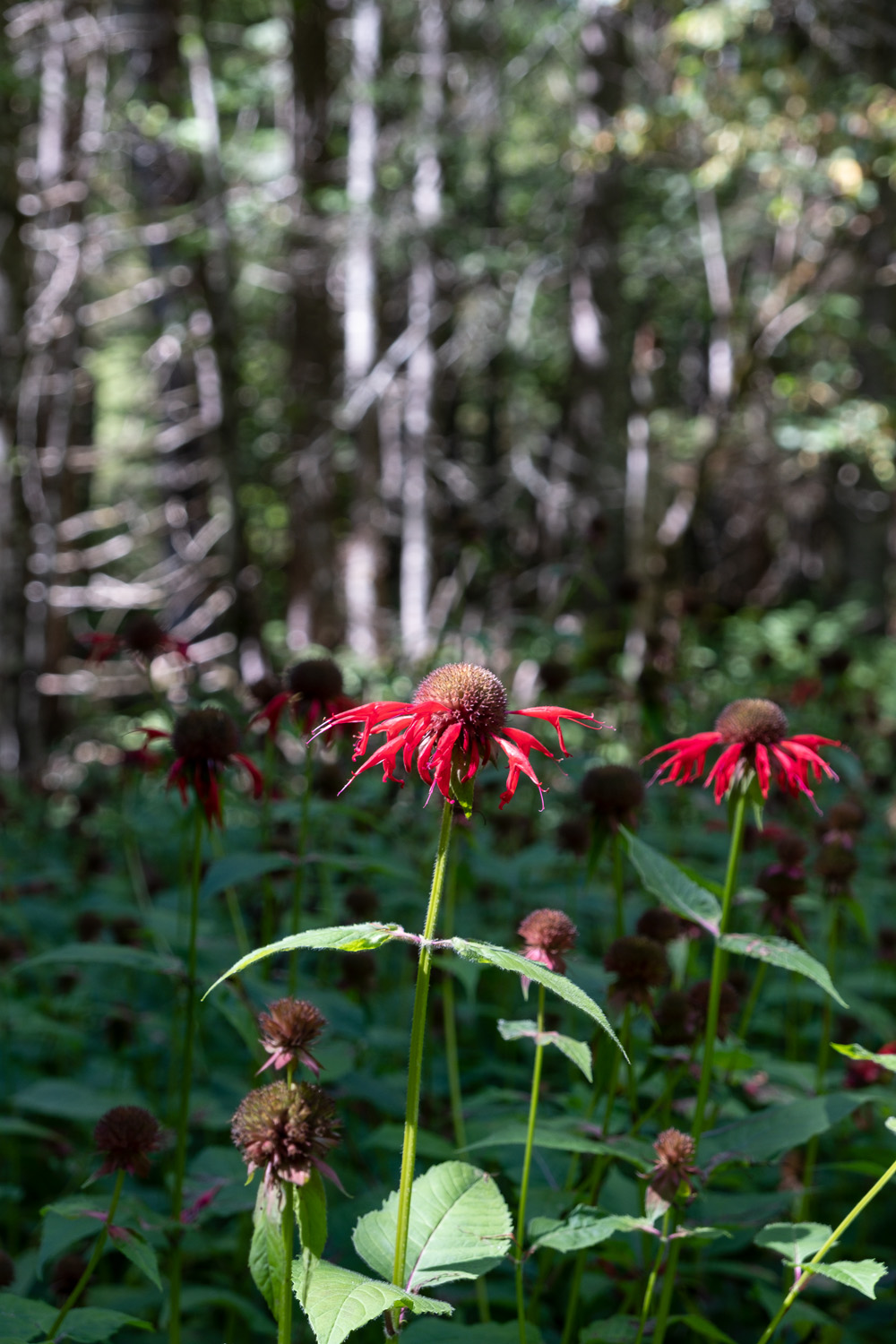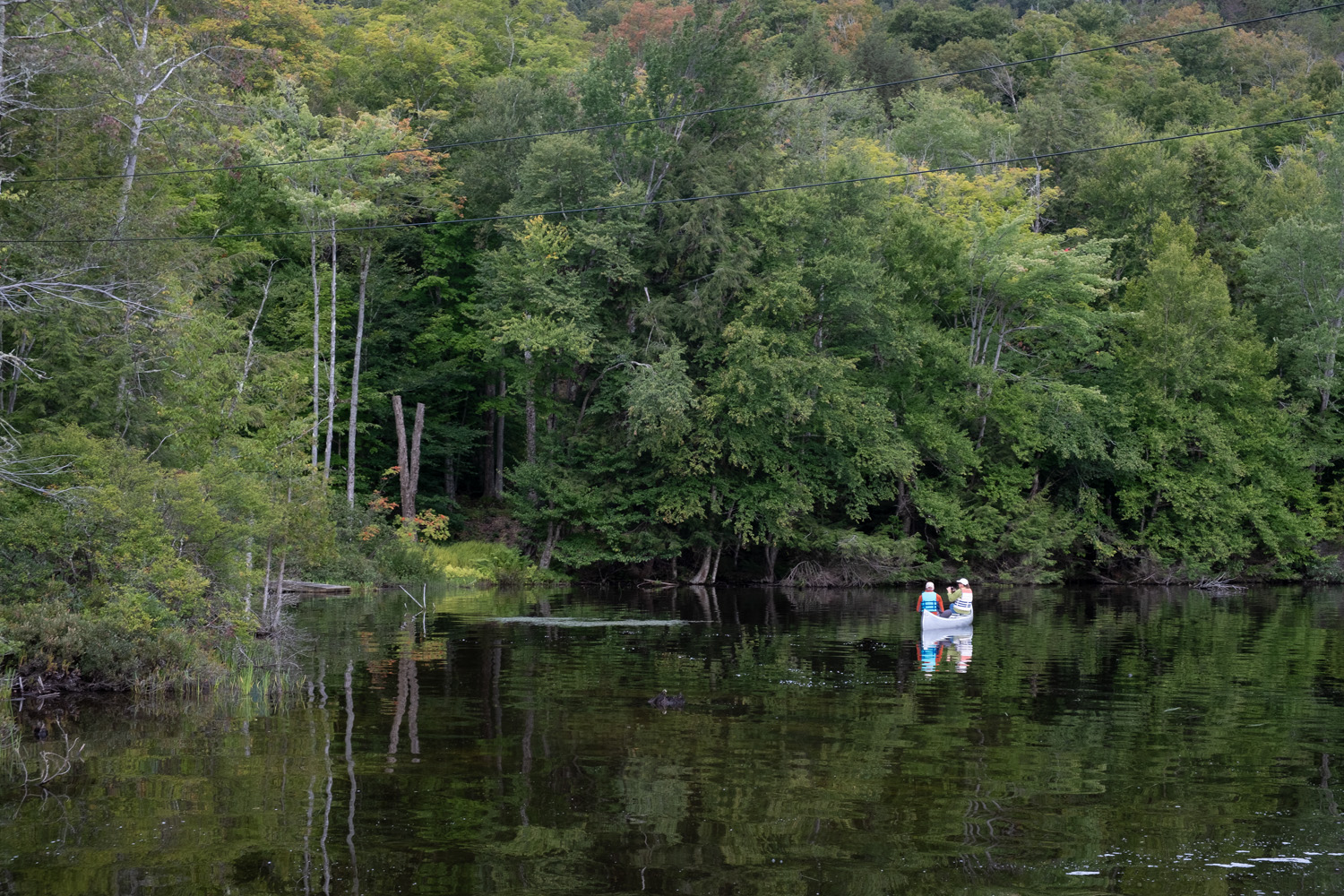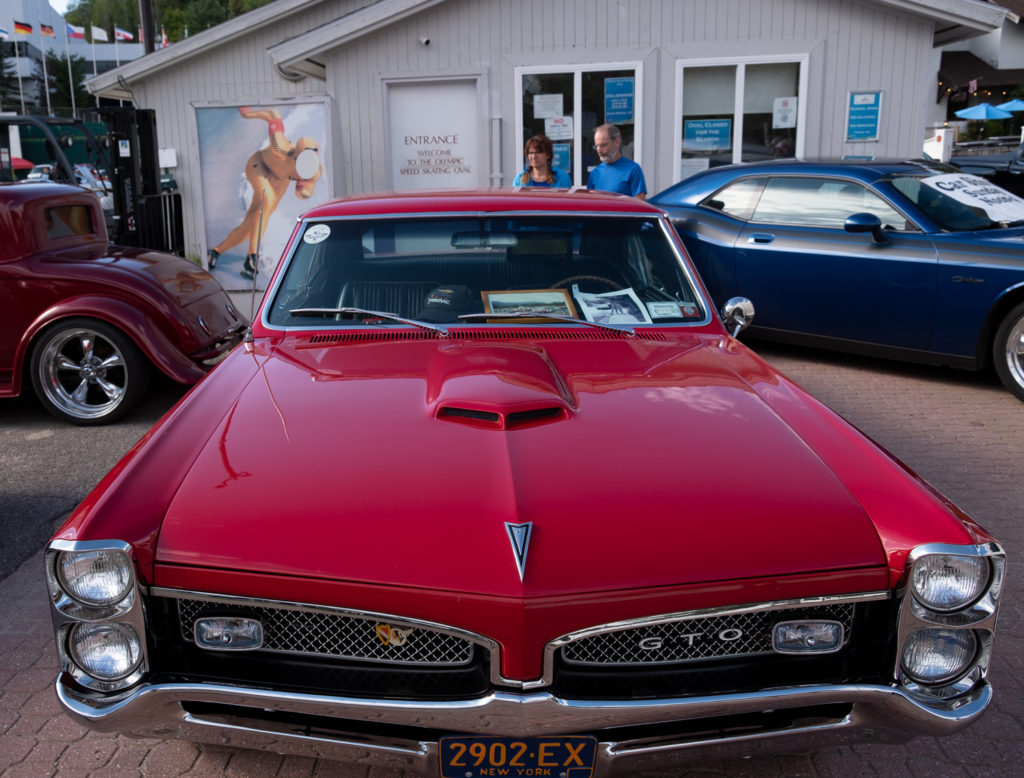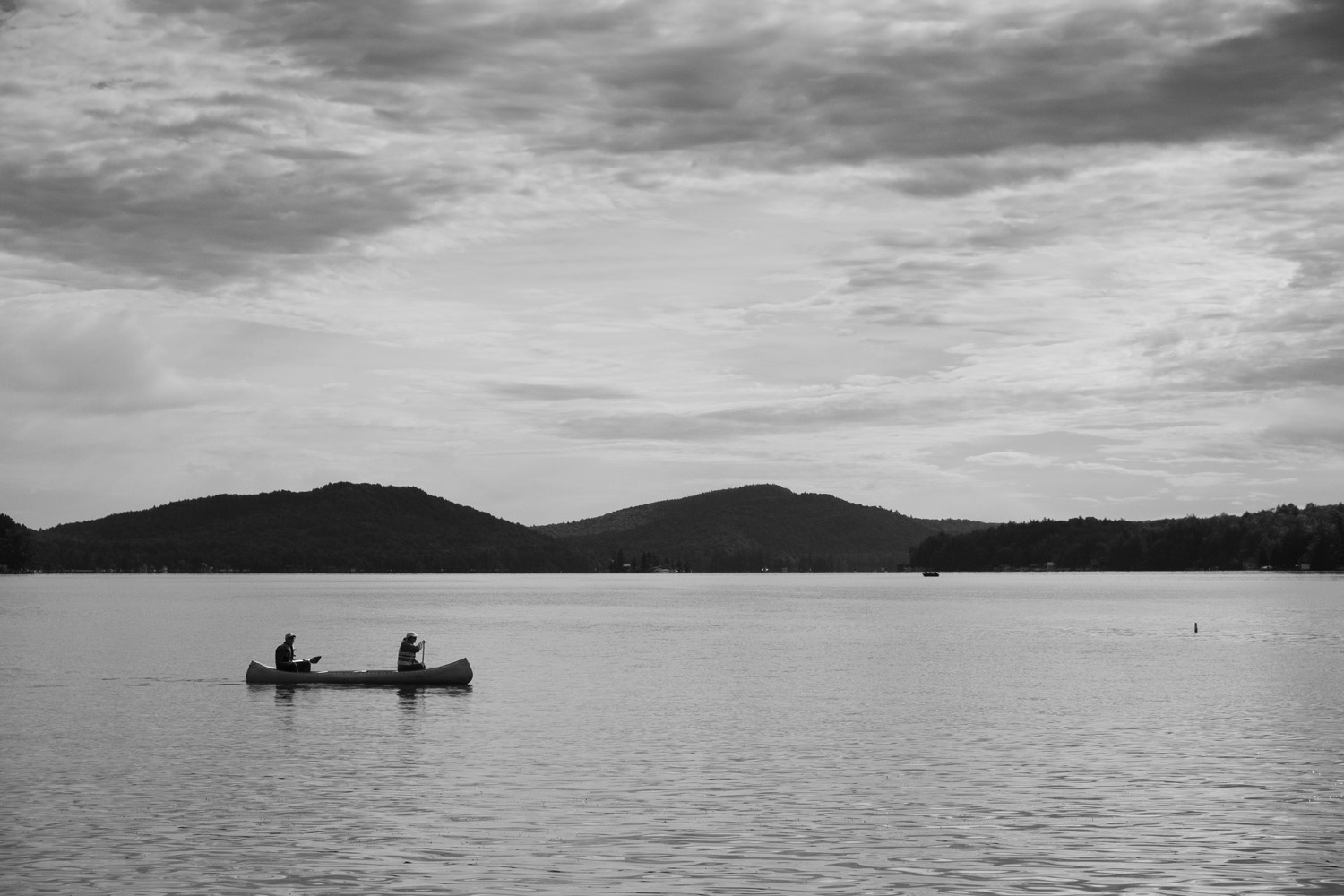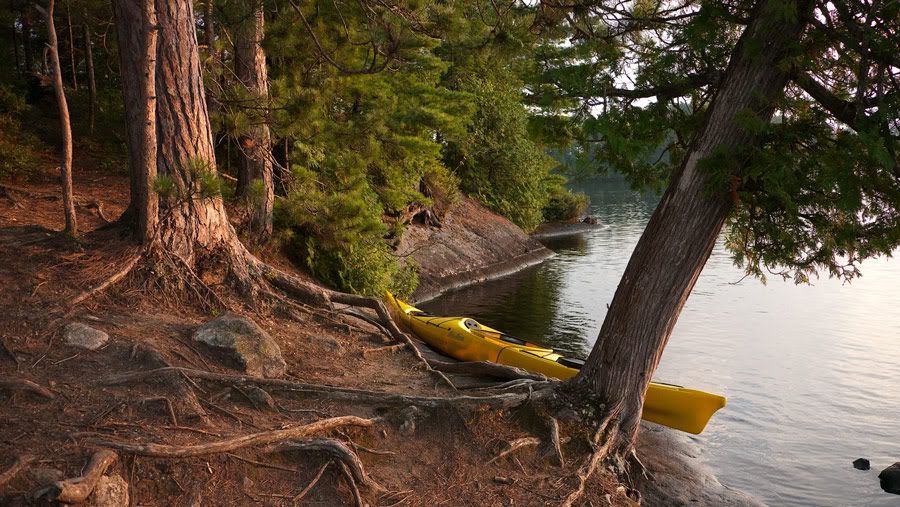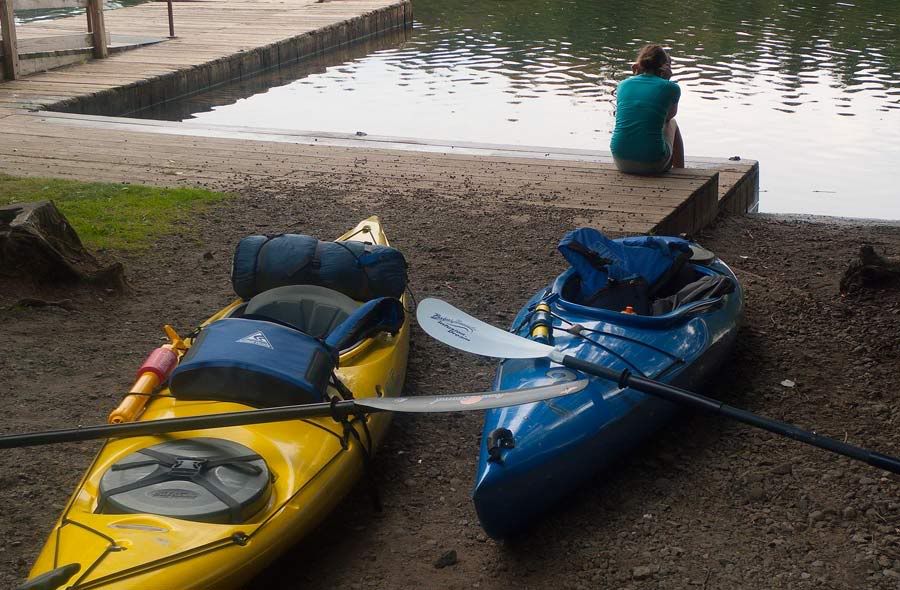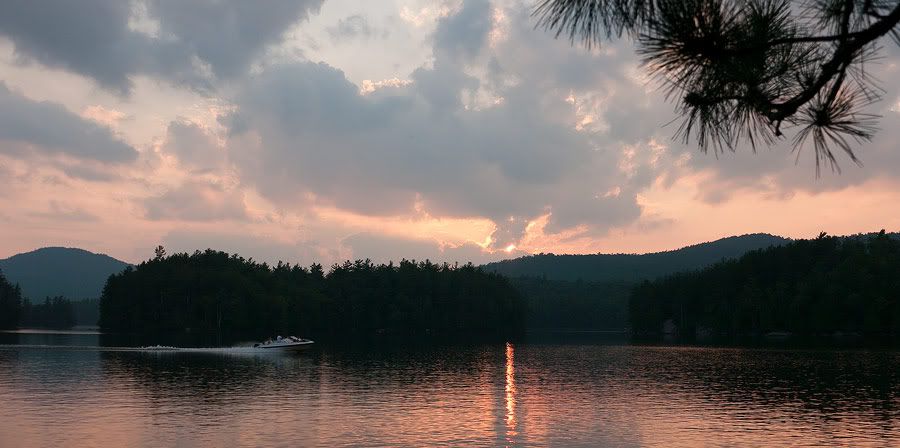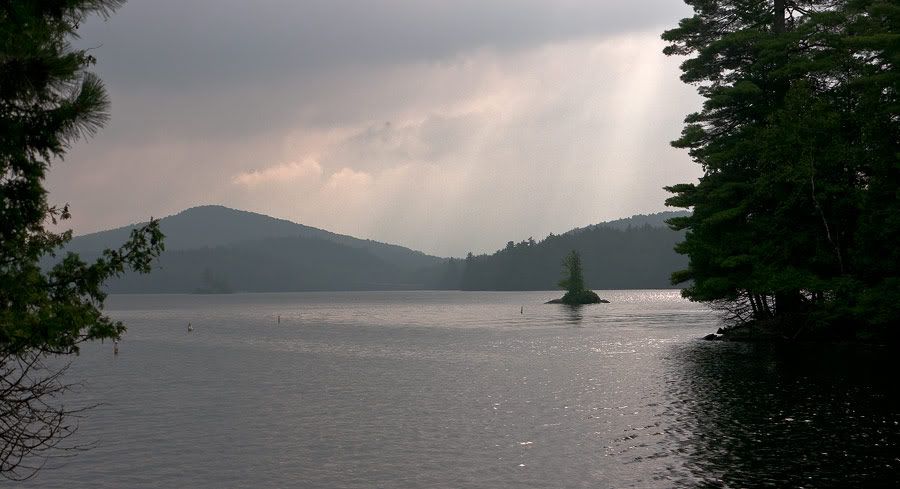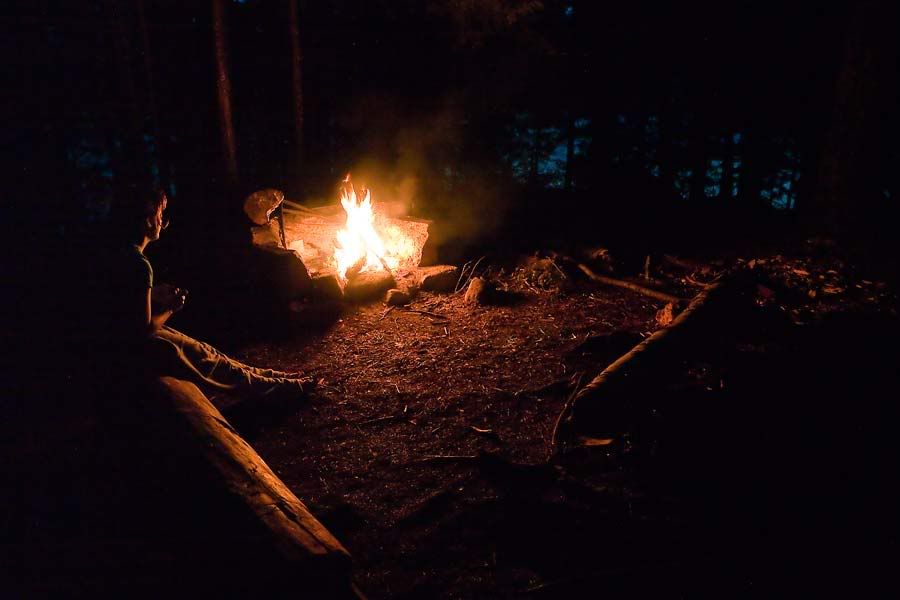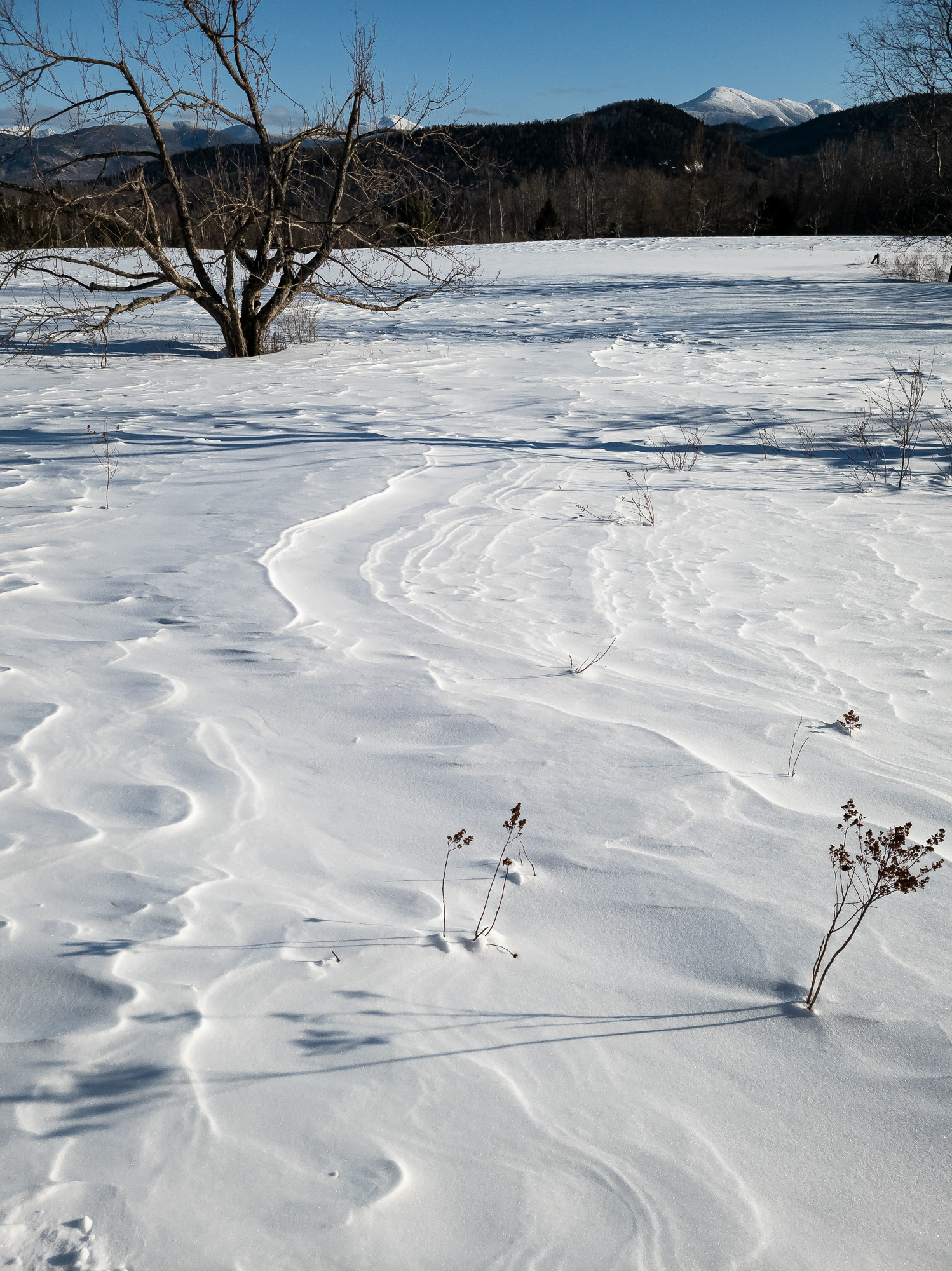
Smartphone fine art photography? After two months with my Samsung Galaxy S 20, I have to admit it appears to be a real option. Though I am not sure, that all of my work qualifies as “fine art” I would say that in 2021, a state-of-the-art phone camera module is no longer severely limiting.
I’m writing this follow-up article to demonstrate what I’ve been able to capture with my new phone.
First, let me say that these images are not all intended to be jaw-droppers. Some of them were shot rather specifically to reveal the sensor’s abilities/limitations. Others were shot with somewhat higher aspirations Hopefully, they are somewhat pleasing.
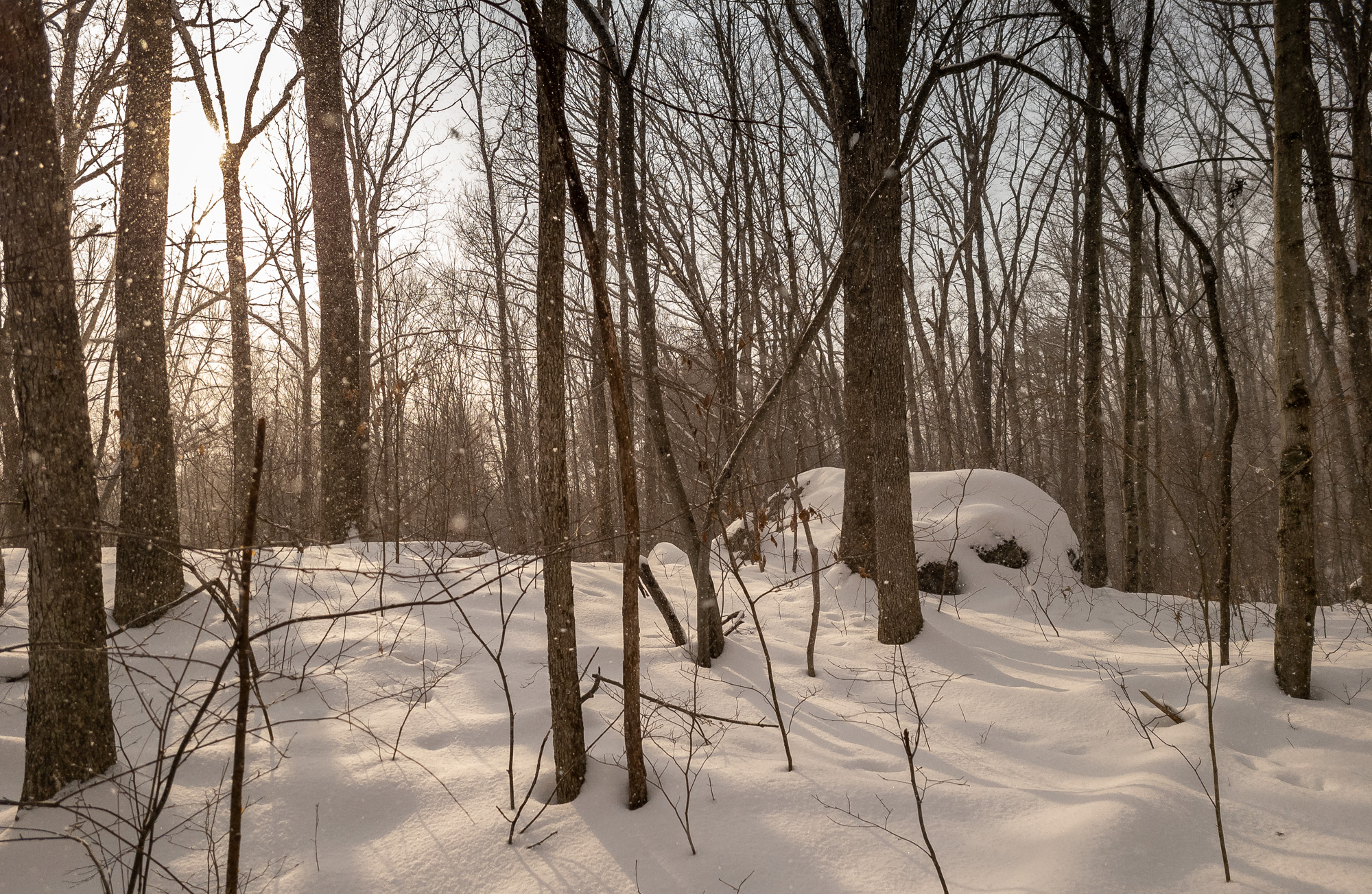
In 2015, Samsung introduced a brand-new line of cameras called the NX series. It was Samsung’s first foray into a mirror list interchangeable lens camera, and it hit the market with a splash. It was beautifully constructed, extremely well-featured, and came with very fine newly designed lenses.

Most interestingly, it also featured a Samsung-manufactured, very high-quality 28-megapixel sensor. This was shockingly competitive with sensors made by the dominant manufacturer’s Sony and Canon. It was for a time, highly promoted. Samsung hired a number of very well-known photographers for this purpose. I shot with a loaner camera at a photo expo in Seattle and was very impressed.
Then suddenly, the Samsung NX series was no more. Apparently, Samsung decided that cameras “weren’t their bag” and they dropped the product line rather abruptly. It’s actually a shame because there was clear potential for this product.

Apparently, they didn’t forget how to make sensors. As you saw perhaps in the last article I wrote about the S20 weeks ago, despite the diminutive size and tiny pixels, it can produce very high-quality files. Given this, I decided to keep it in service.

For the most part, I shot it entirely in raw which is available in “pro” mode. Shot this way the camera produces a .dng file in a 4/3 format and a wide format JPEG. The latter is processed by the phone’s software. Very typically the results of the processing are fairly pleasing and pleasant to look at on the small screen. Details in the JPEG files are definitely smoothed out by the processing and don’t appear useful for anything beyond digital display.
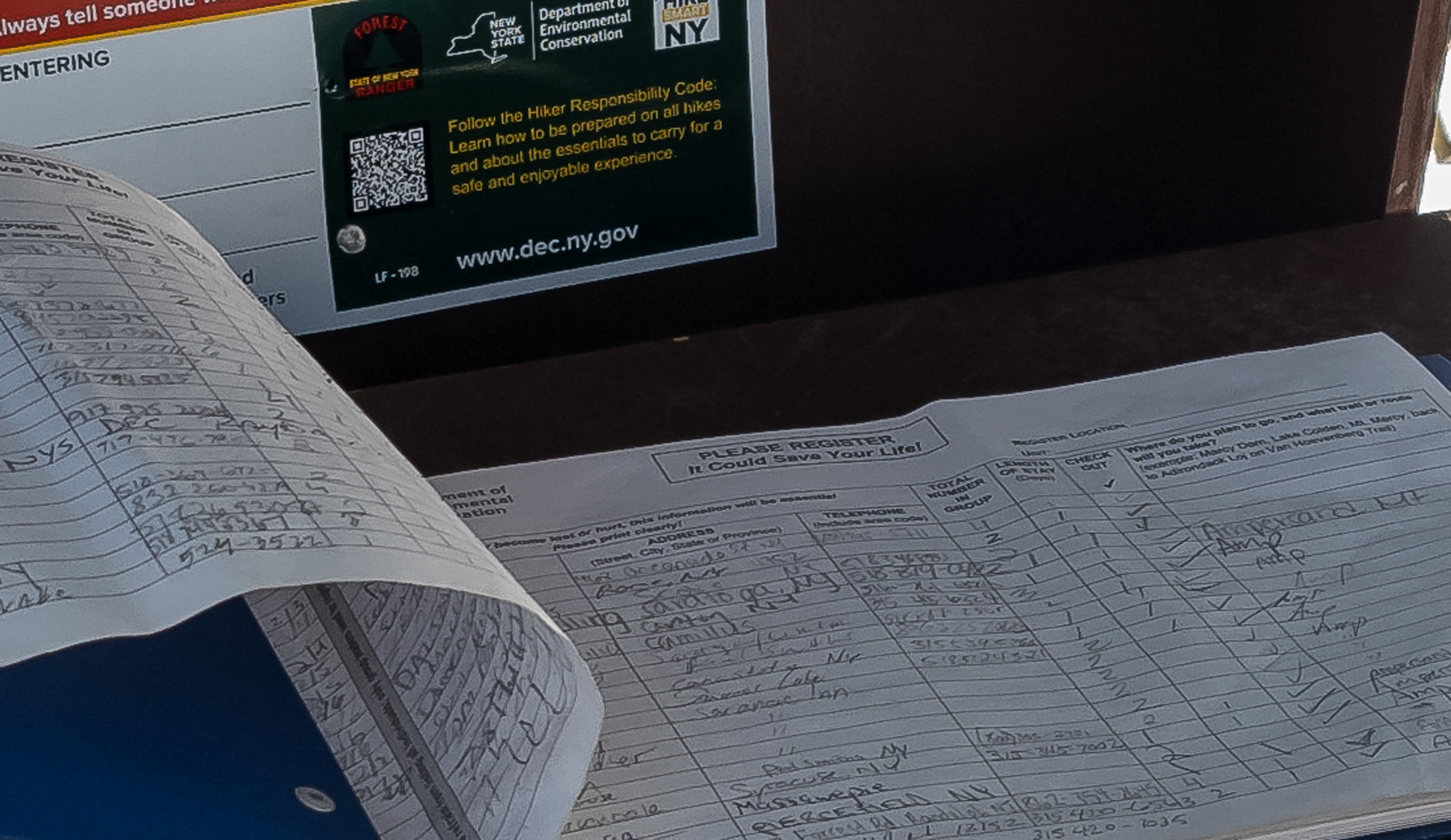
In early March my wife and I spent a week in the Adirondacks. I brought my typical travel kit including my Fujifilm X100V and my XE3 with a variety of lenses. I never got them out of their bags. When skiing or snowshoeing, I would merely take my small Manfrotto tripod and the smartphone mount, and shot with the Samsung exclusively. I have been doing that ever since, in part with this article in mind.

I have to say that I didn’t really miss my Fujis. Part of this, however, is that I’ve been photographing the high peaks region in early March for so many years, it’s hard to find novel scenery. This was thus an interesting new challenge.
Once home, I continued with the exercise playing with the bleak, early spring scenery as our snow finally melted away.

This is a really good sensor. Many of these images you will note, were shot into the sun with prominent shadows. Better digital sensors have several qualities. One of them is dynamic range, which in part feeds into their true resolution.
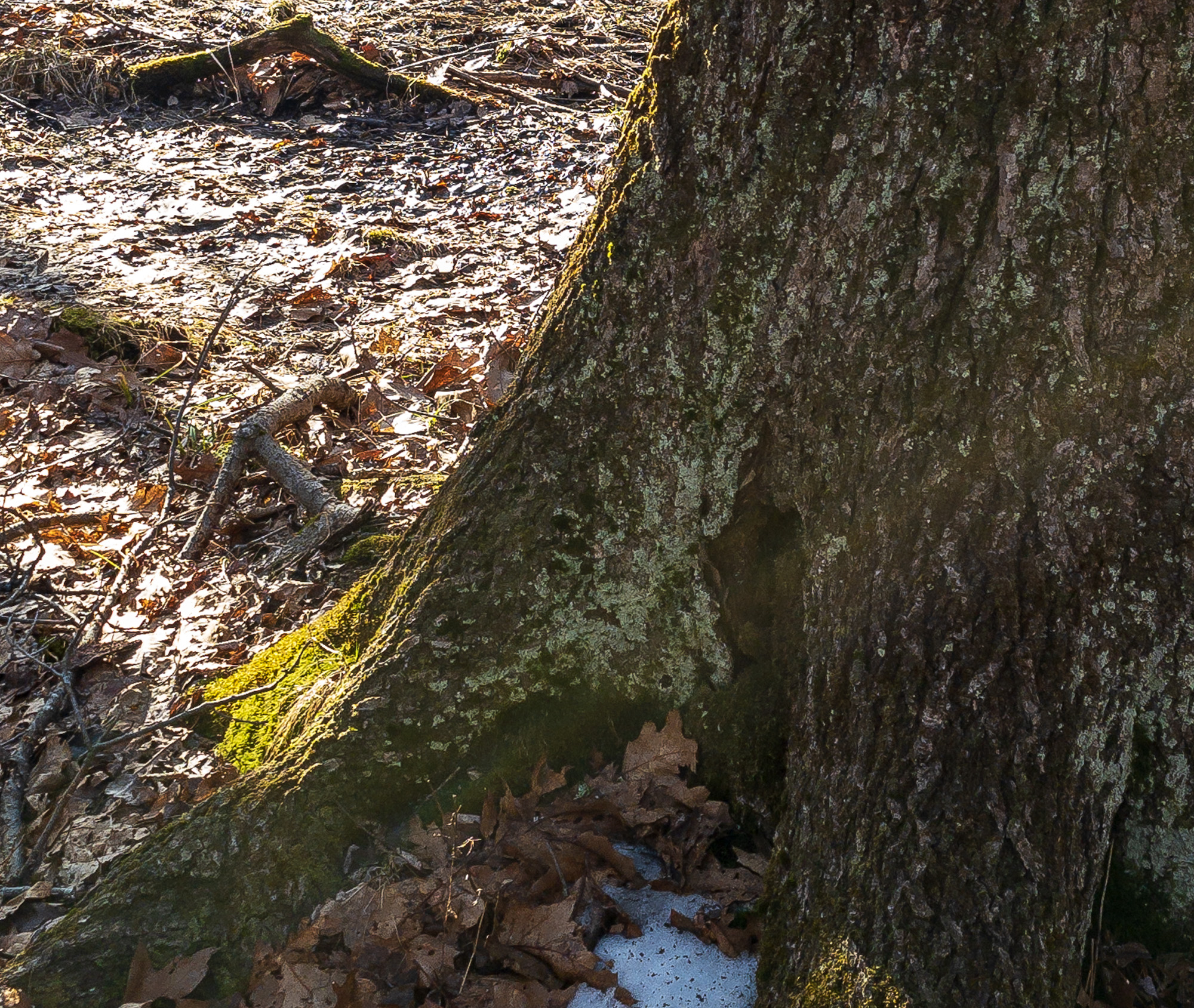
Dynamic range describes the ability of the sensor to capture very bright scenes, and deep shadows, but still retain detail when the images are edited. Small pixel phone sensors have traditionally been terrible at this. This sensor handles it brilliantly, certainly as good as for instance my 2009 vintage Panasonic GH1, a much larger sensor interchangeable lens camera (also 12 megapixels).
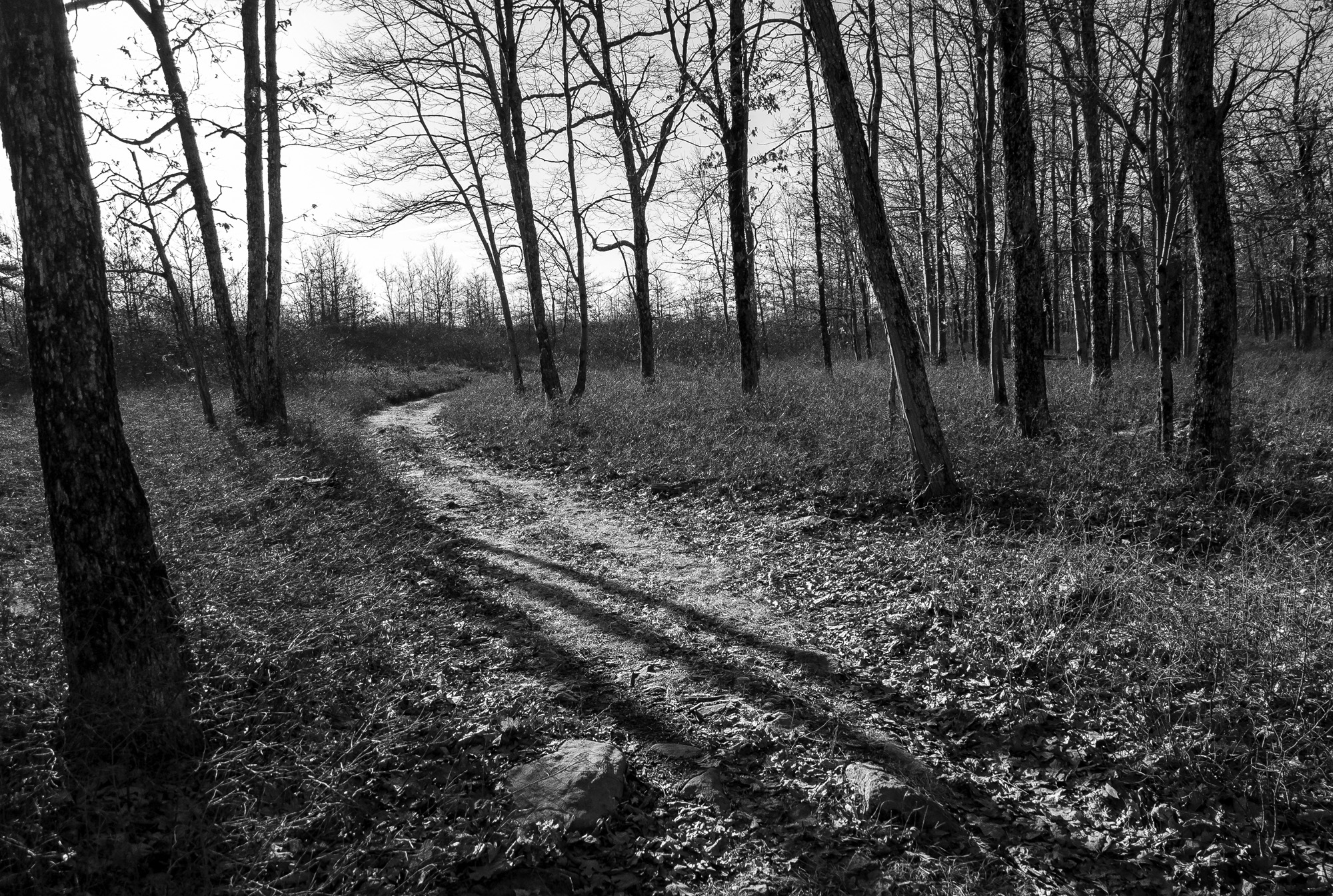
Another attribute of a good sensor is tonality. This describes the subtle gradations shades of gray, and of color. Earlier technology recorded shades in discrete steps makes the image look more like a painting than a photograph, especially when viewed in detail. More sophisticated sensors have much more subtle gradations. I would say this Samsung sensor does surprisingly well in this regard.
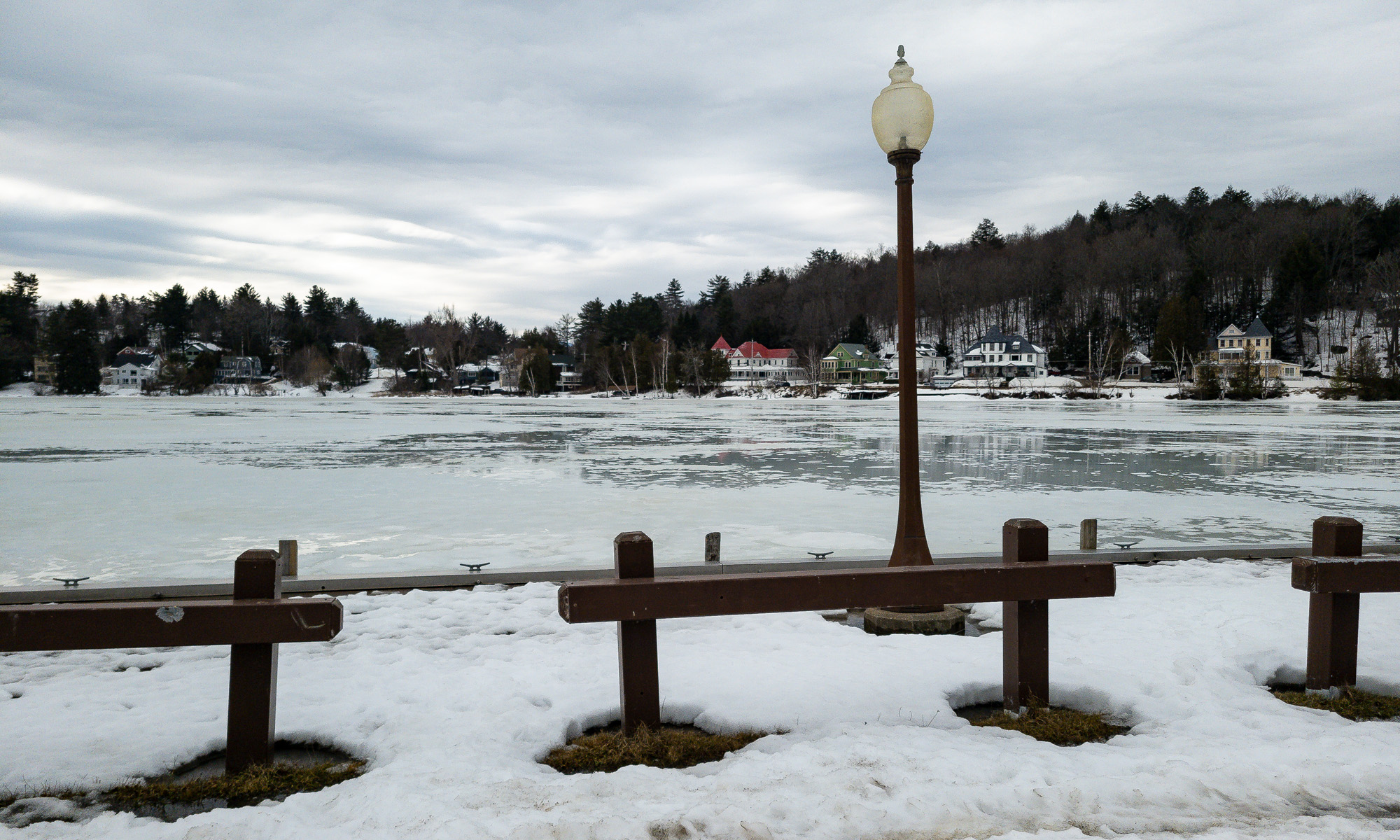
I’ll offer one more thought. No one really talks about the lenses in these tiny camera modules, but in the case of this Samsung S20, there is little to criticize. There is some lens flare, and given the lack of any lens shading, but it is pretty well controlled. And if there other lens distortions that can be measured, they are well hidden in normal usage
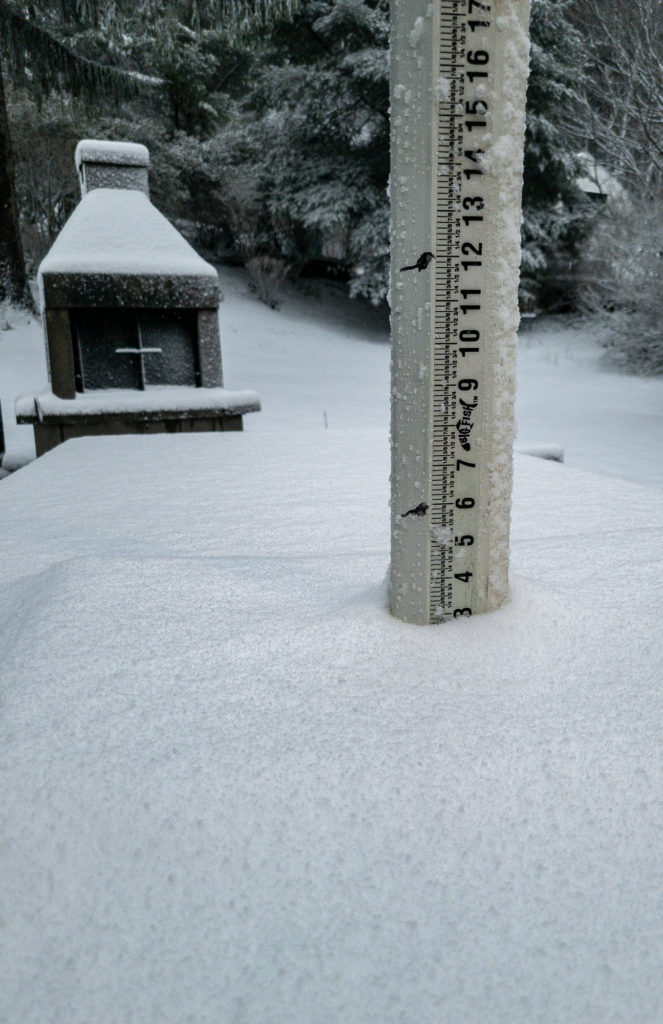
At any rate, I think I’m done with this experiment. I’m going back to my more serious gear as the Spring season presents more photographic opportunities.
But it’s nice to know I’ll have the Samsung just in case.
As always, I’d Be honored if you’de share.
Header image: Wind and Snow( Samsung Galaxy S20 EW 5G)

